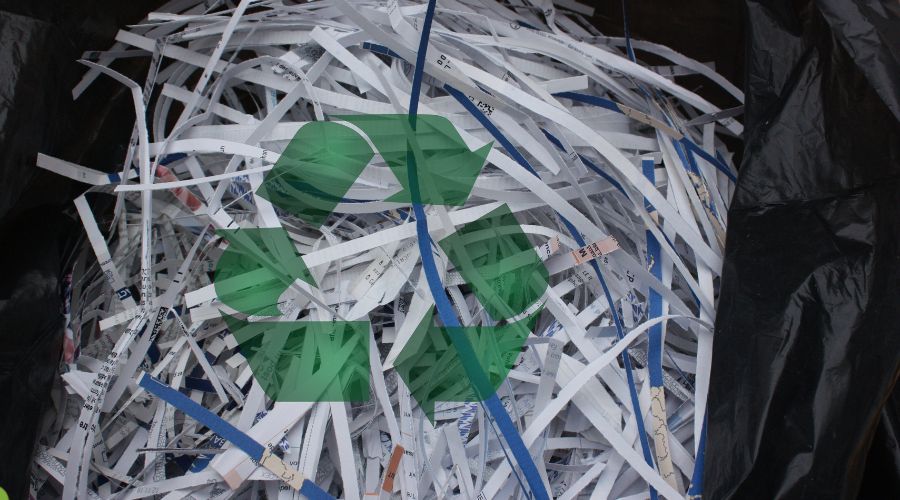
What Happens To Paper After It Is Shredded?
We are all very conscious of how important it is to protect our confidential information and the environment. To protect private data, shredding paper has become a common practice in both homes and offices. Whether it’s to protect sensitive information or to contribute to recycling efforts, shredding paper is just the beginning of a fascinating journey. But have you ever wondered what happens to that paper after it’s shredded? Let’s explore the life cycle of shredded paper and understand its path from destruction to reuse.
The Shredding Process
Before embarking on the post-shredding journey, it’s important to understand the shredding process itself. Shredding involves document destruction companies cutting paper into small pieces using industrial shredding equipment. This process ensures that the information on the paper becomes unreadable and irretrievable, providing a layer of security against data breaches and identity theft.
Collection, Bailing And Transport
Once the paper is shredded, it’s typically bailed by the shredding company’s bailer or transported to recycling facilities, where it will be bailed. A bailer is a piece of equipment that uses pressure and wire to make bails, which are large bricks of shredded paper that are easy to move. Then, the bails can be loaded onto a trailer and sent to a paper processing facility.
Pulping Process
The shredded paper moves on to the pulping stage. Here, the paper is mixed with water and chemicals to break it down into fibers. This mixture creates a slurry known as pulp. The pulp undergoes several cleaning processes to remove any contaminants and ink. Depending on the quality of the shredded paper and the desired end product, additional chemicals may be added to bleach the pulp and improve its whiteness.
De-Inking And Refining
A crucial step in recycling shredded paper is the de-inking process. During this stage, the pulp is treated to remove inks, adhesives, and other unwanted substances. This is typically done through flotation or washing. Flotation involves using air bubbles to lift ink particles to the surface, where they can be skimmed off. Washing involves rinsing the pulp to remove ink and other impurities.
After de-inking, the pulp may undergo refining, where it is mechanically treated to improve the bonding between fibers. This process enhances the strength and quality of the final paper product.
Sheet Formation
Once the pulp is cleaned and refined, it’s ready to be transformed back into paper. The pulp is spread onto large screens, allowing the water to drain away. This process forms a continuous sheet of paper. The sheet is then pressed and dried to remove any remaining moisture. The dried sheet is rolled onto large reels, ready to be cut, and processed into various paper products.
Reuse and Transformation
The recycled paper can be used to create a wide range of products. Common uses include new office paper, cardboard, tissue paper, and paperboard for packaging. By recycling shredded paper, we reduce the need for virgin paper, conserve natural resources, and minimize the environmental impact of paper production.
Environmental Impact
Recycling shredded paper has significant environmental benefits. It reduces the demand for new paper, which in turn decreases deforestation and saves energy. Recycling also lowers greenhouse gas emissions, as producing paper from recycled fibers requires less energy and generates fewer pollutants compared to using new wood pulp. Additionally, it helps reduce landfill waste, as paper is biodegradable and can produce methane, a potent greenhouse gas when it decomposes in landfills.
In Review
The journey of shredded paper from the shredder to new paper products is a remarkable example of how recycling can turn waste into valuable resources. By shredding and recycling paper, we not only protect sensitive information but also contribute to a more sustainable and environmentally friendly world. So, the next time you shred a document, remember that it’s not the end of the line for that paper—it’s just the beginning of a new cycle of reuse and transformation.

